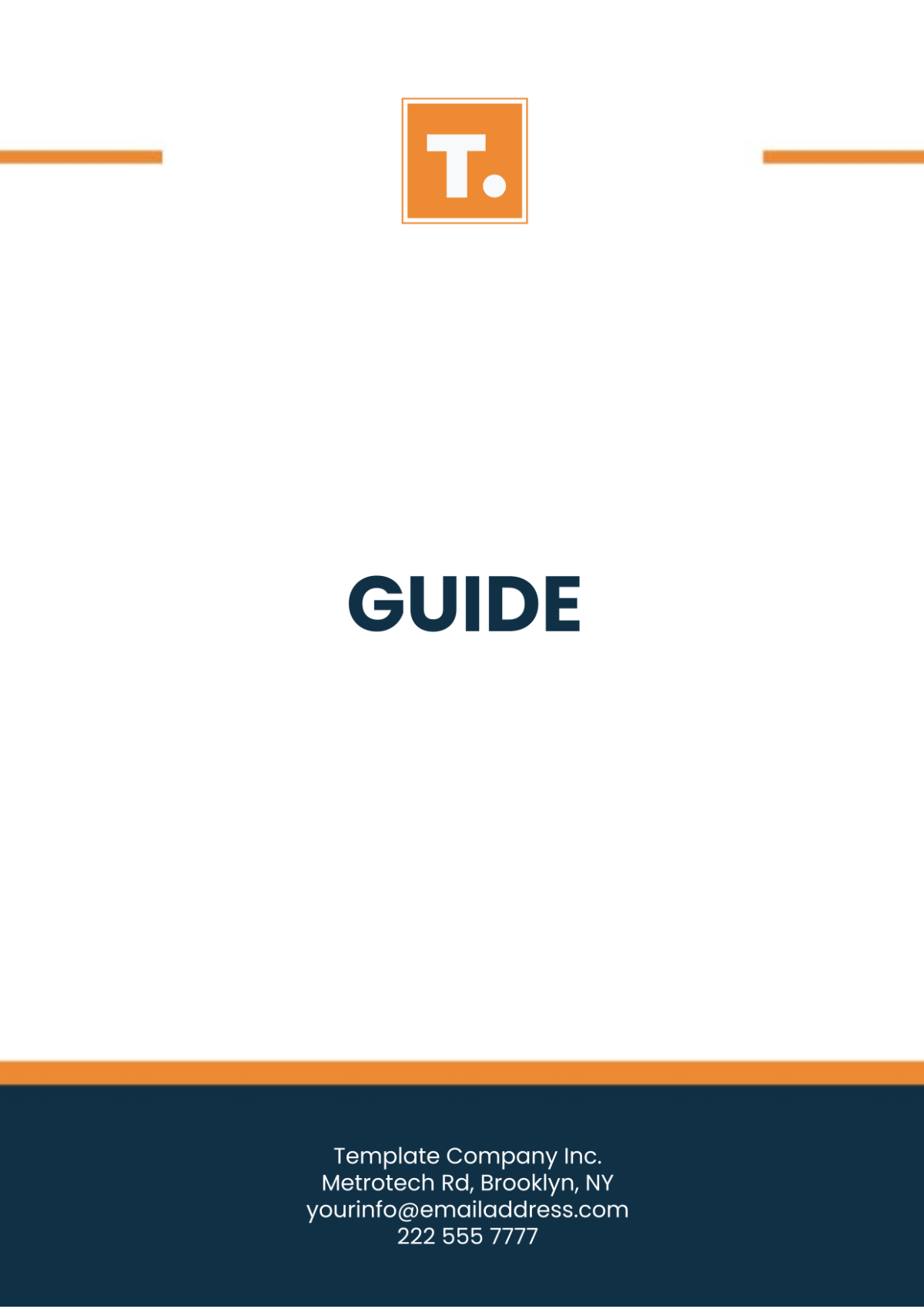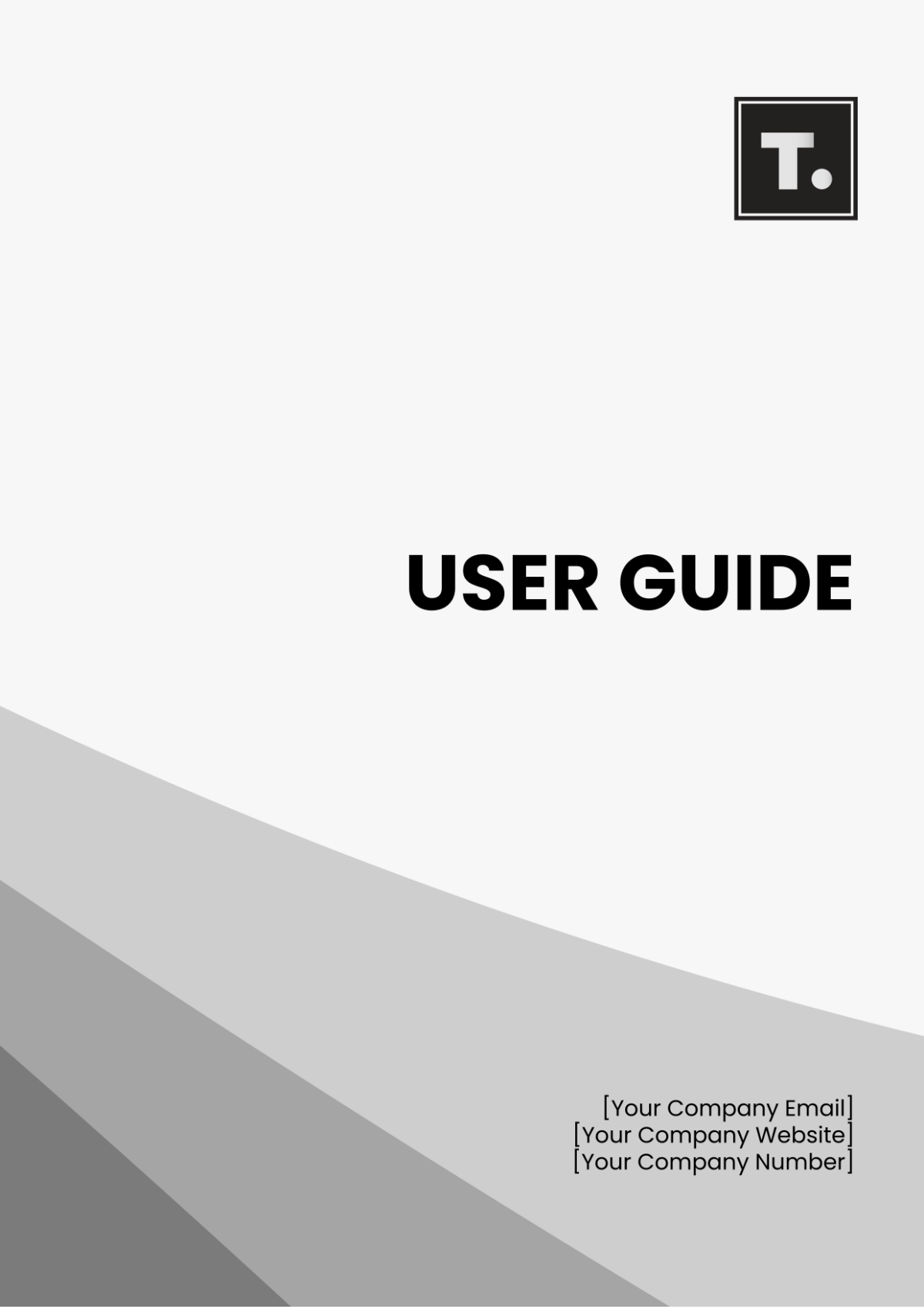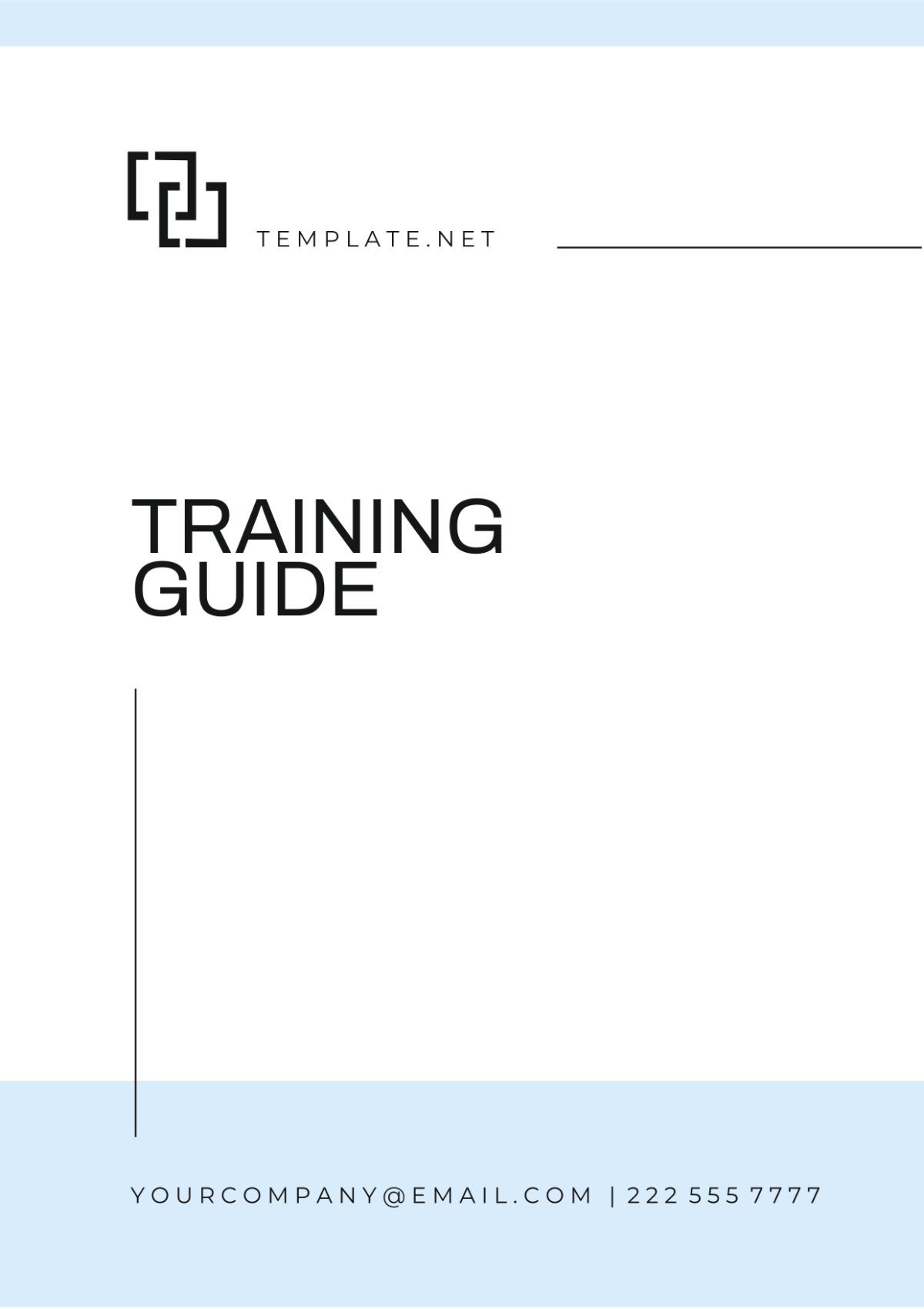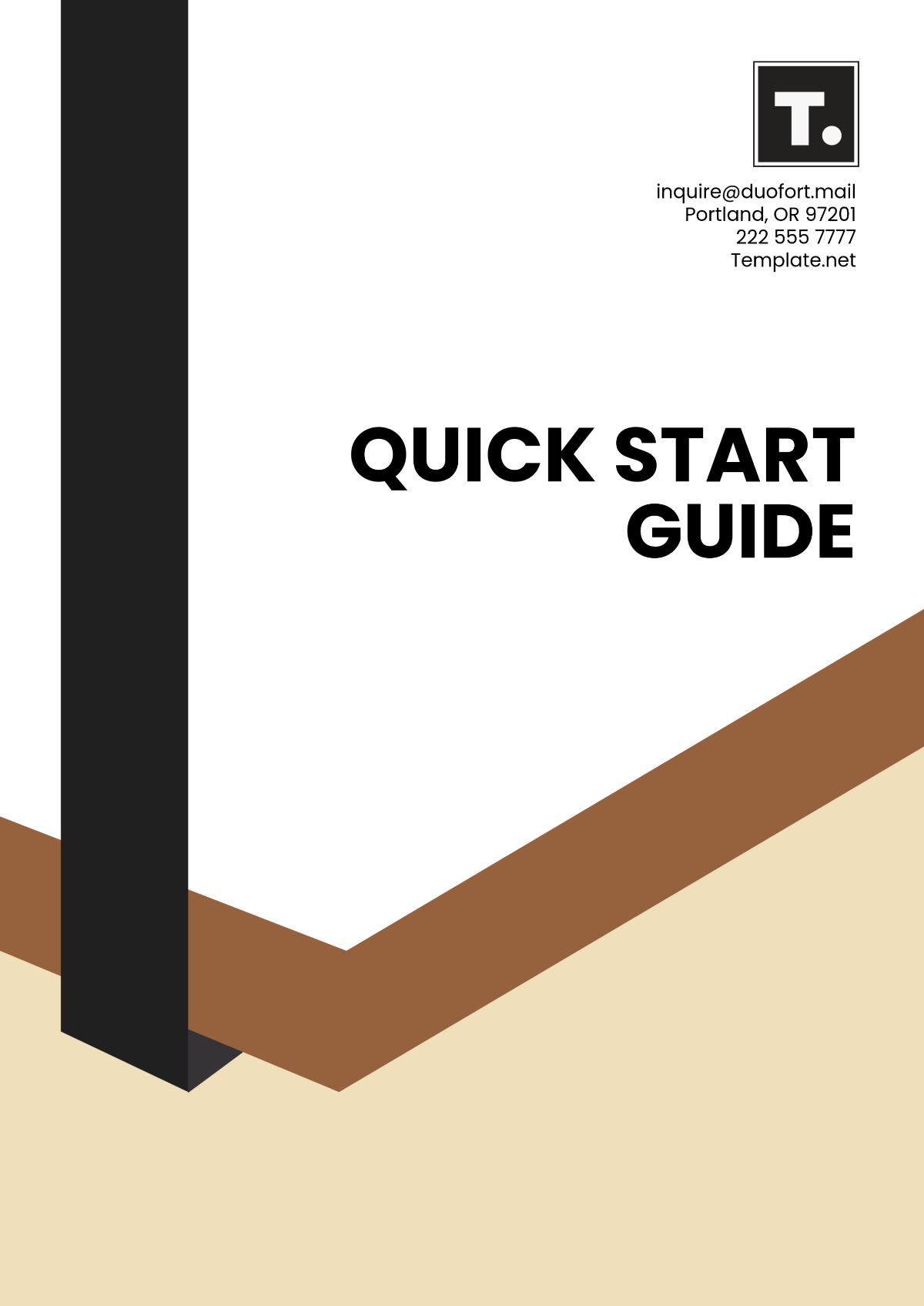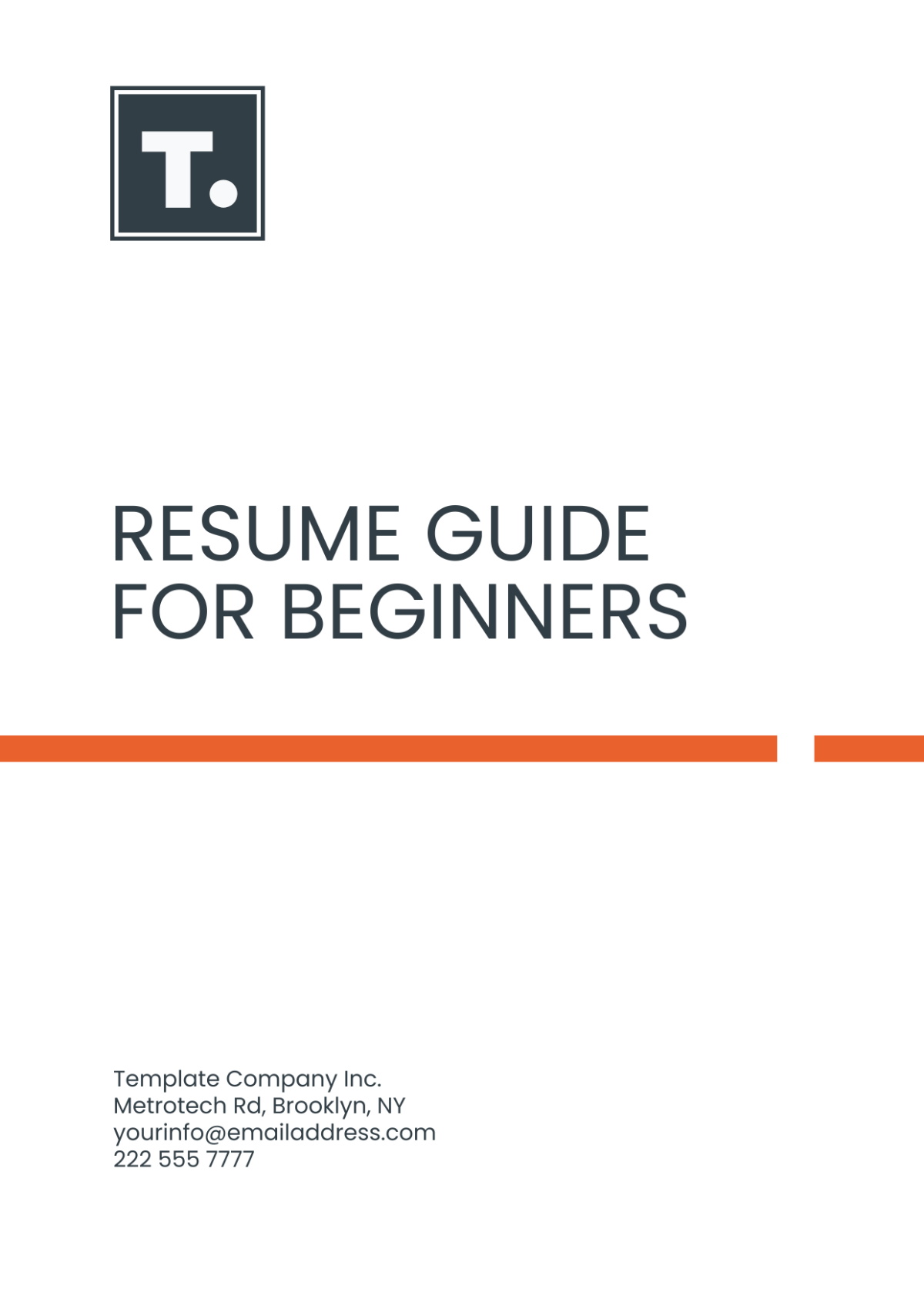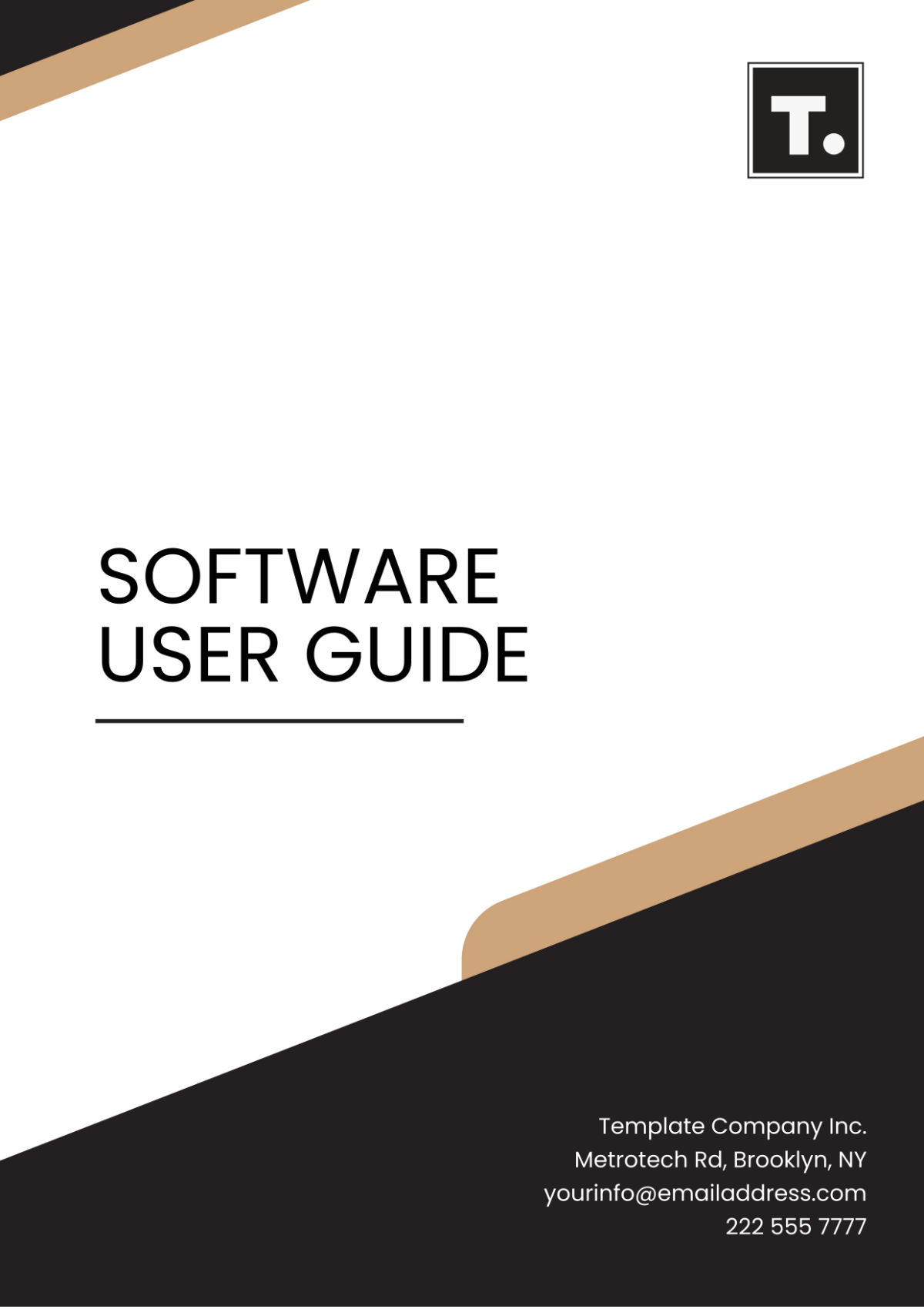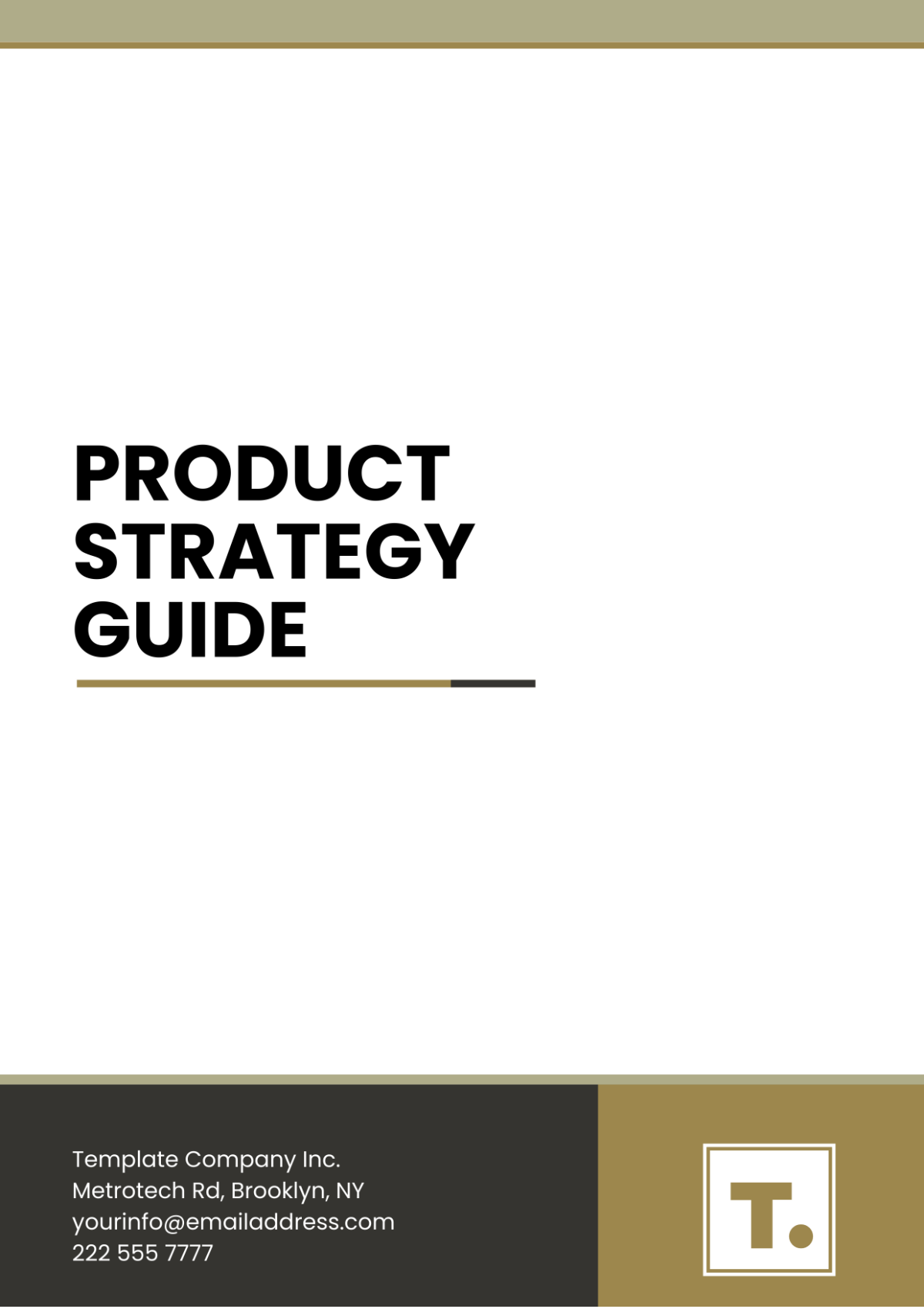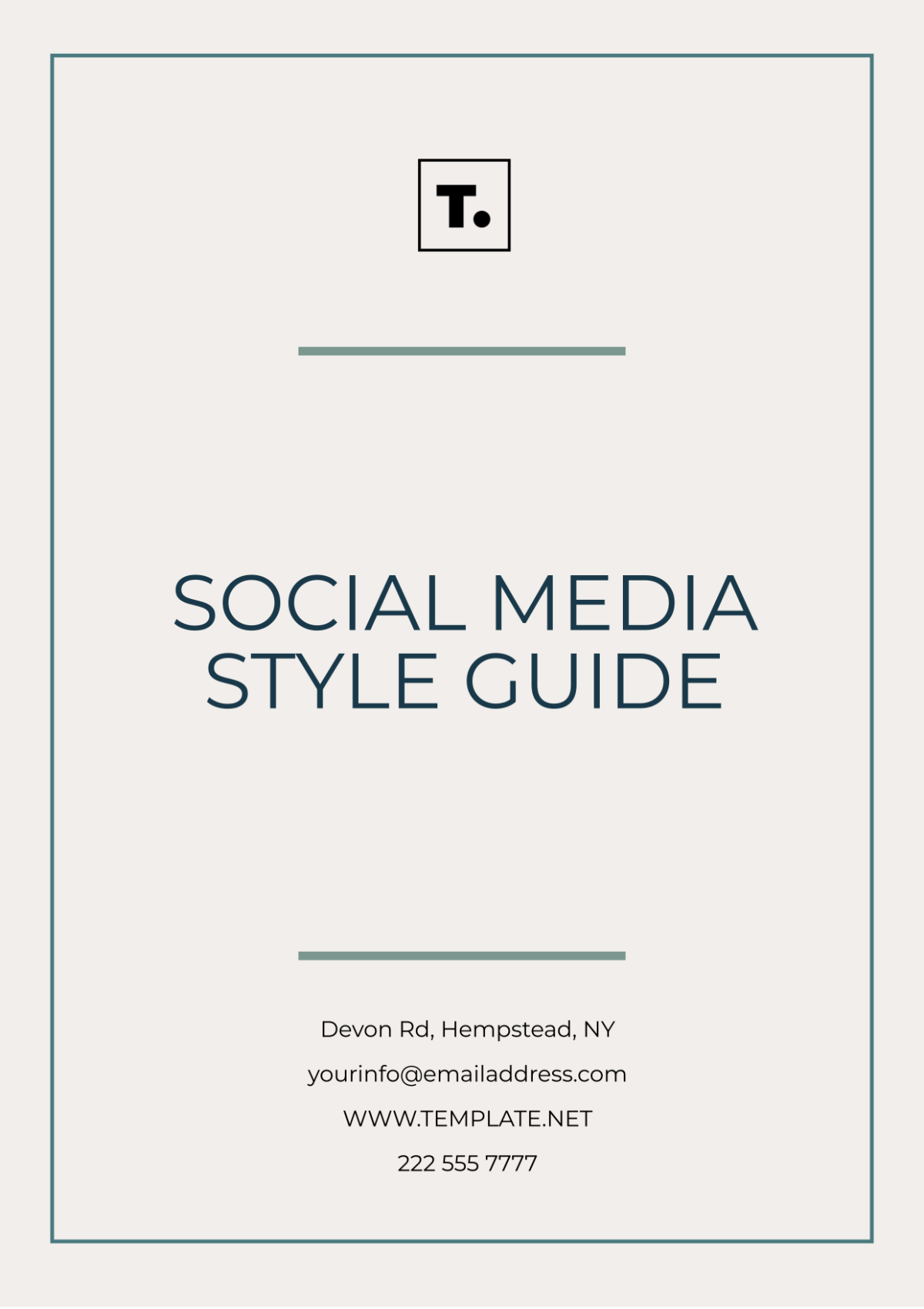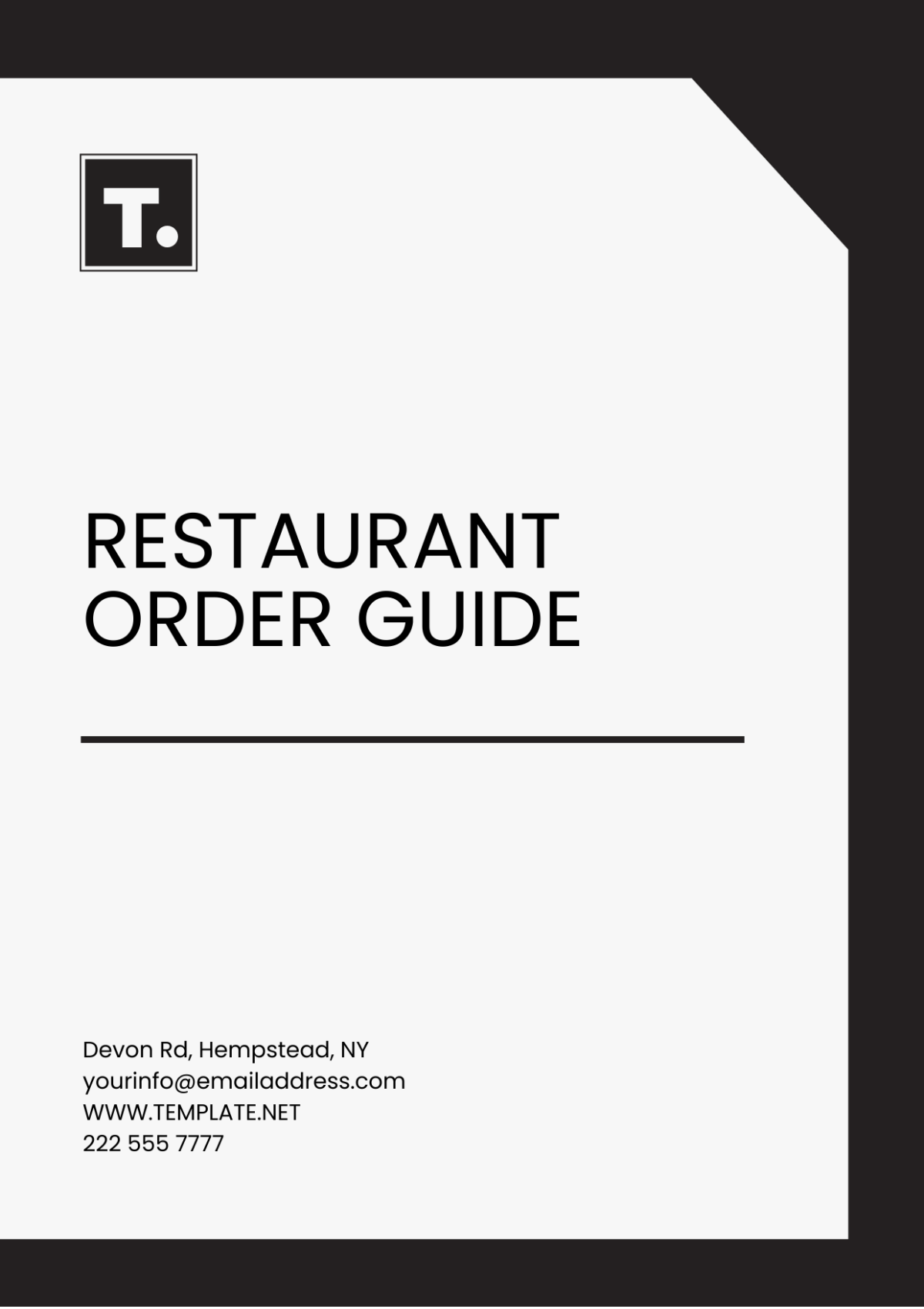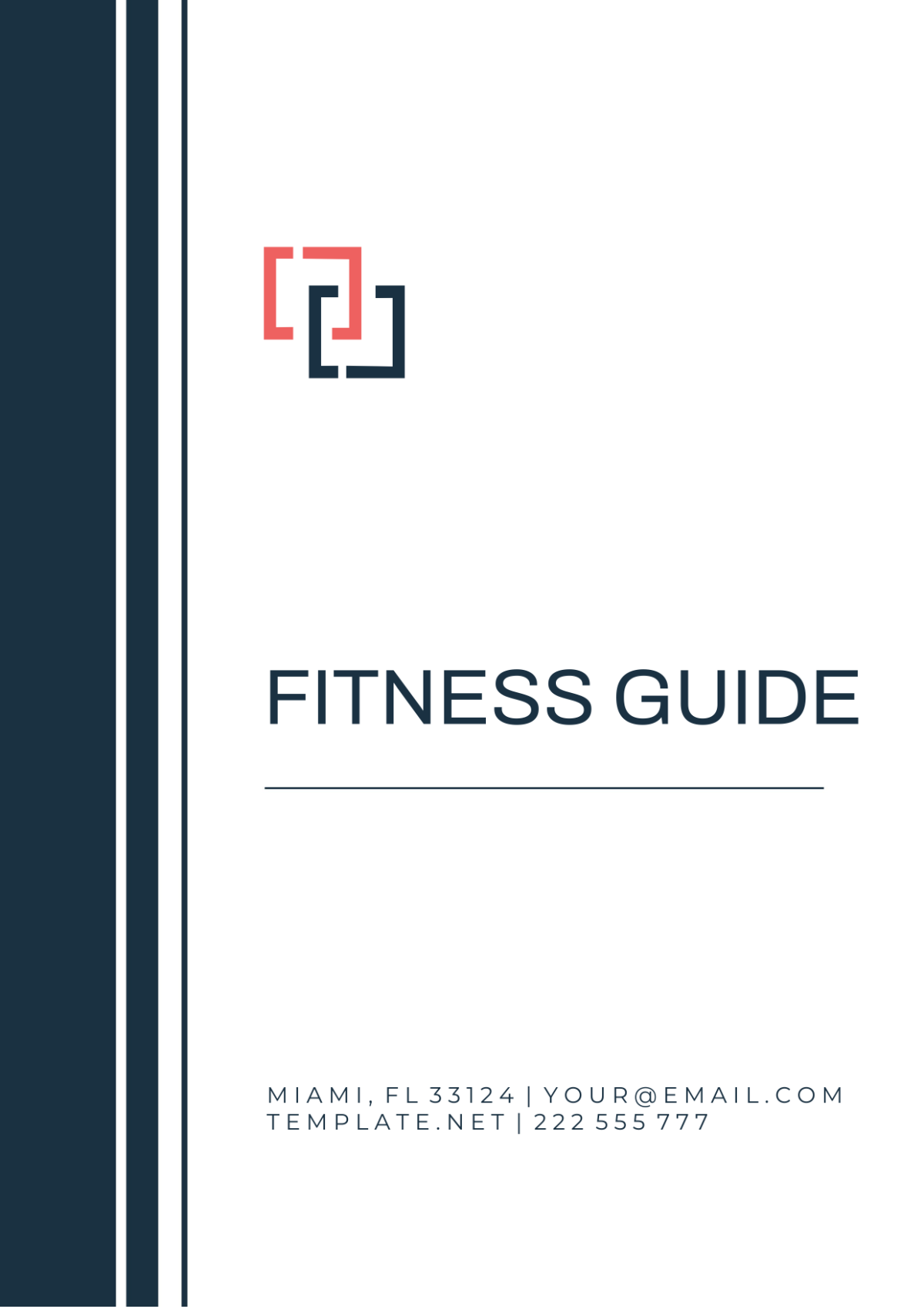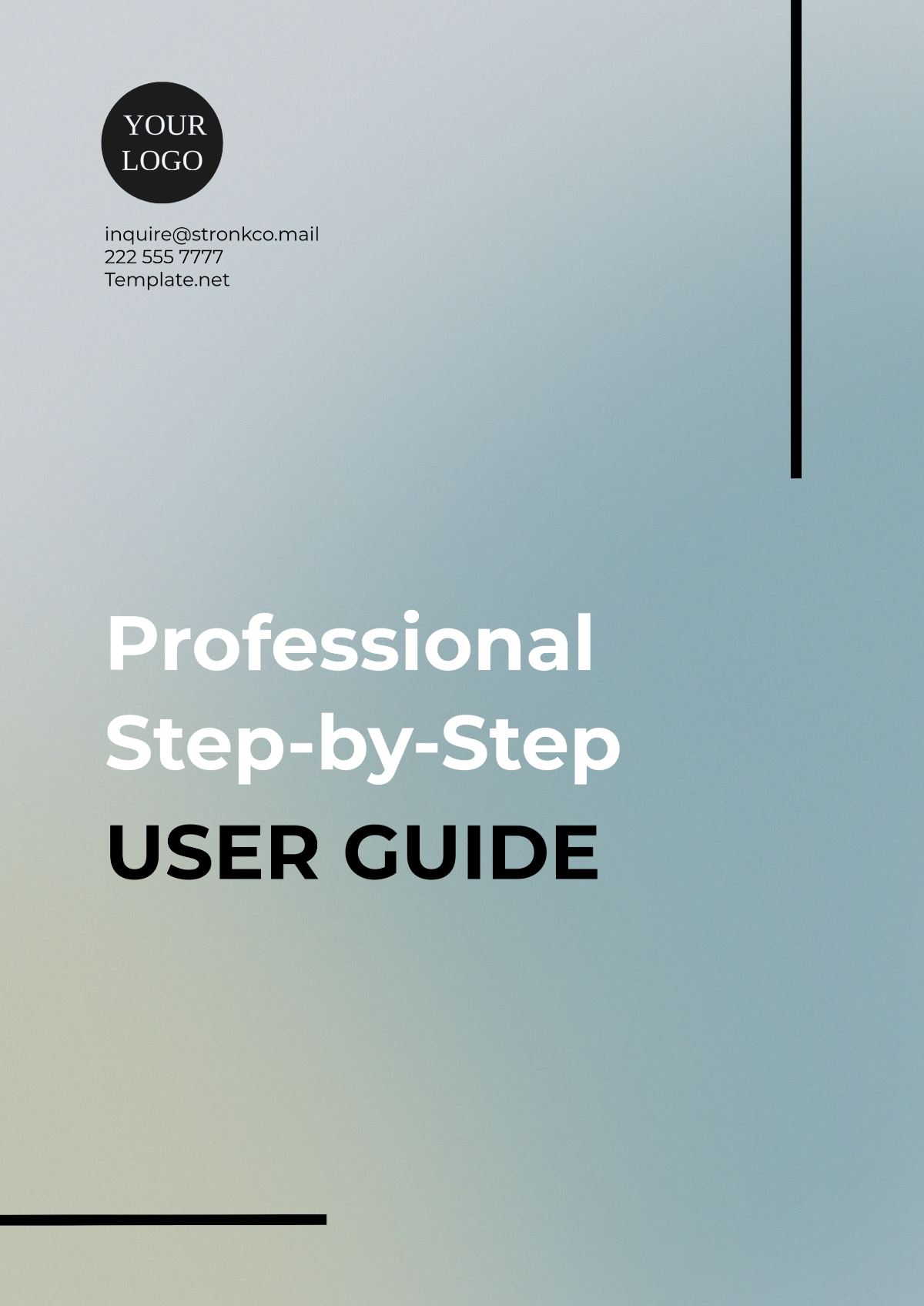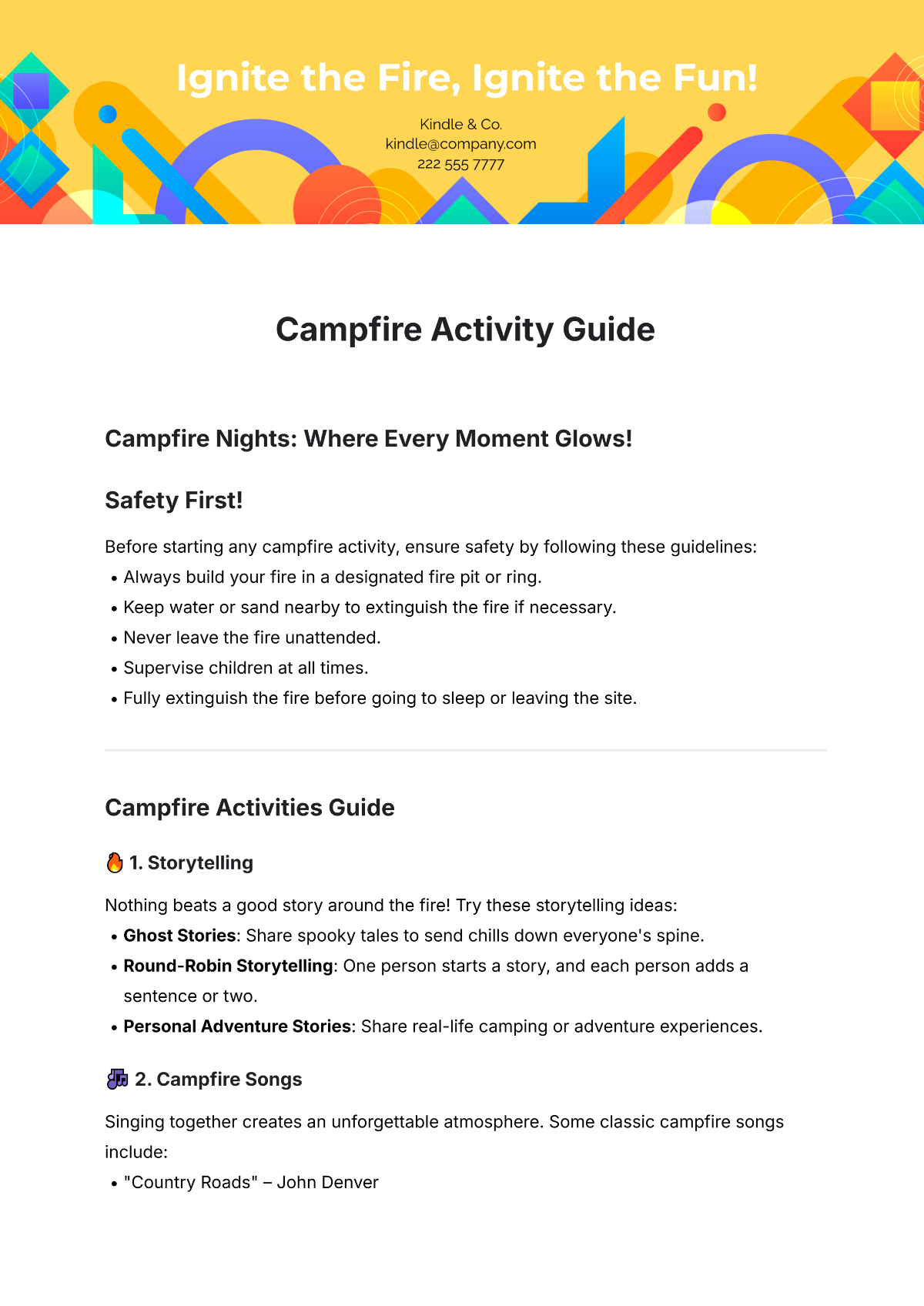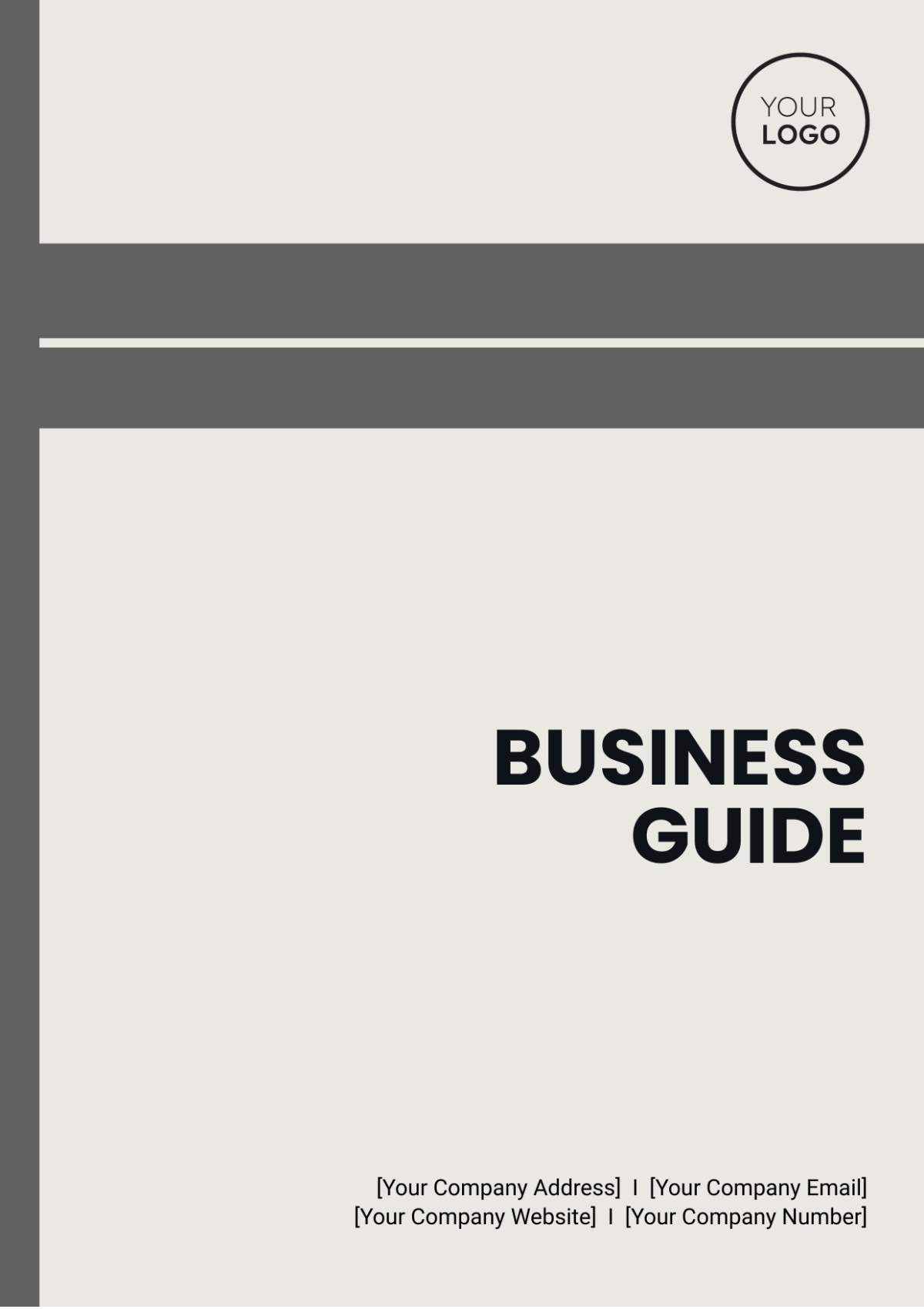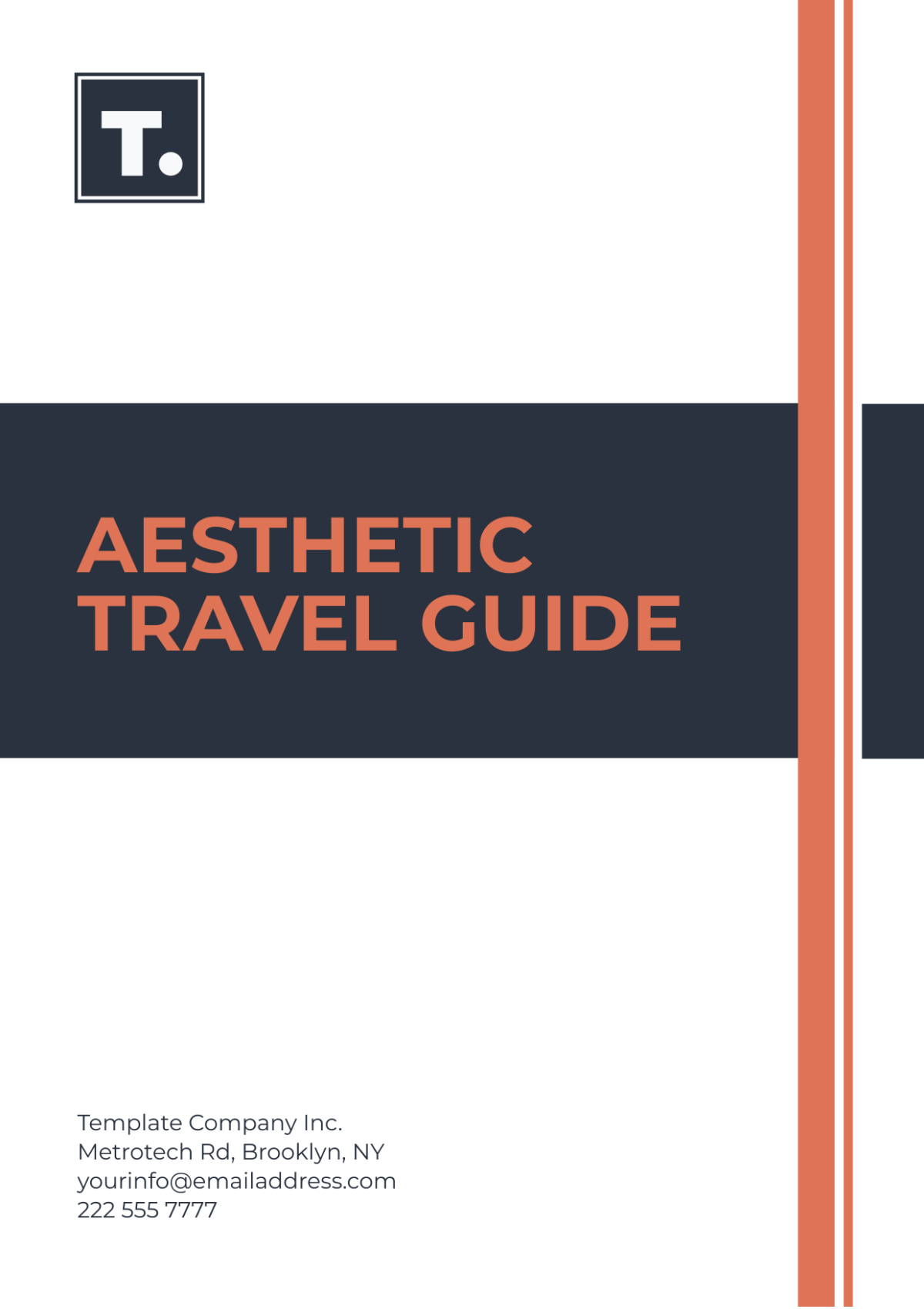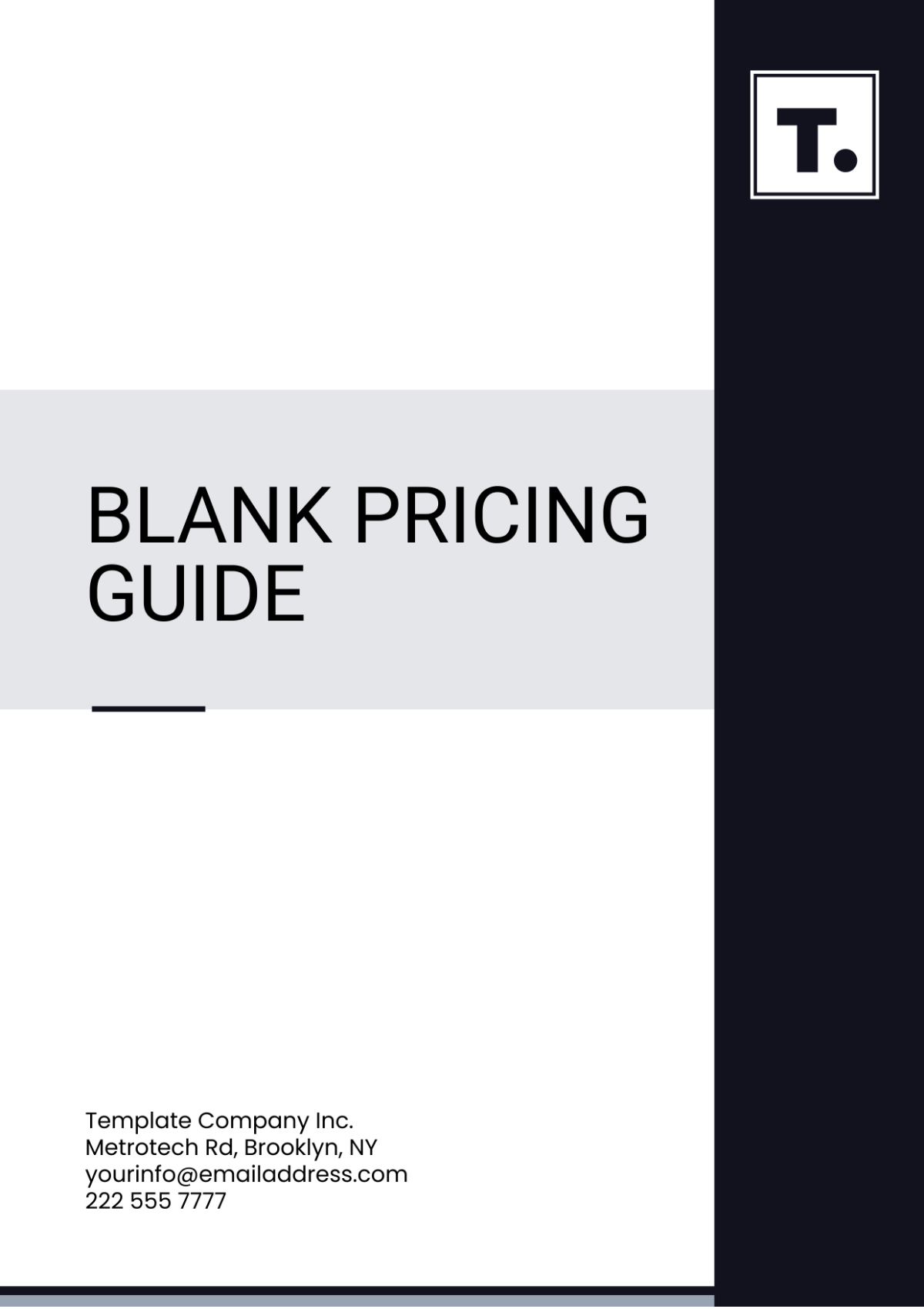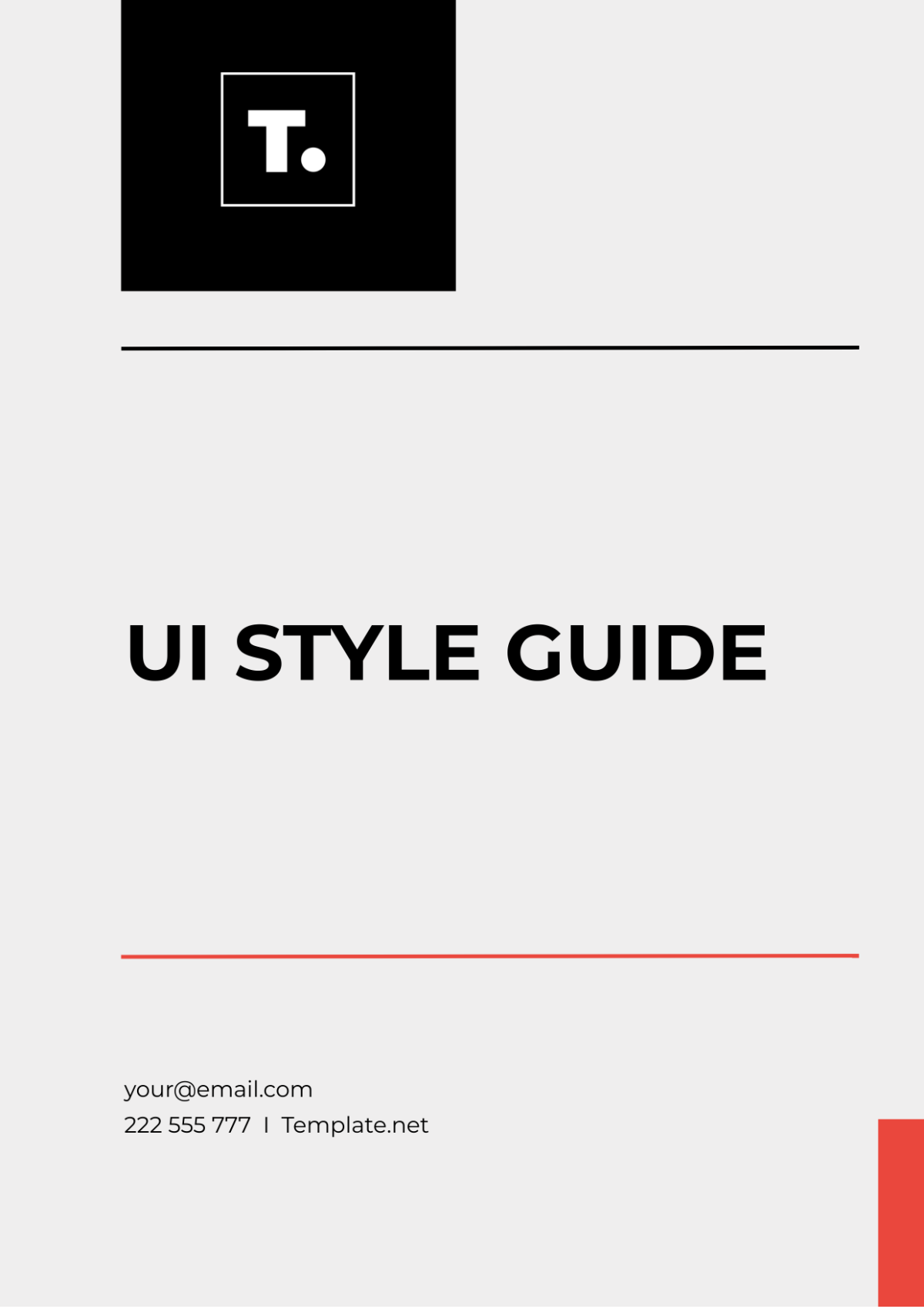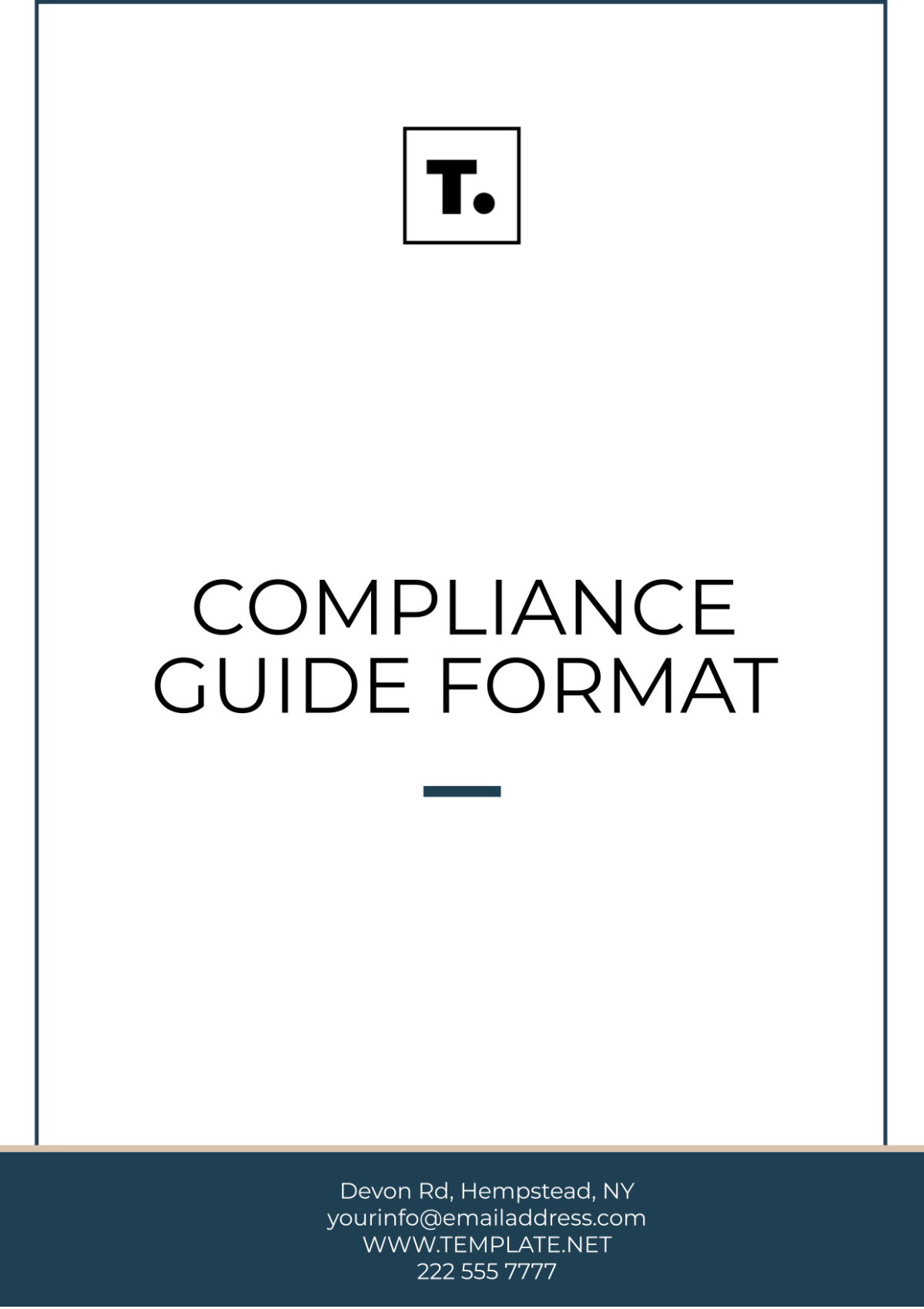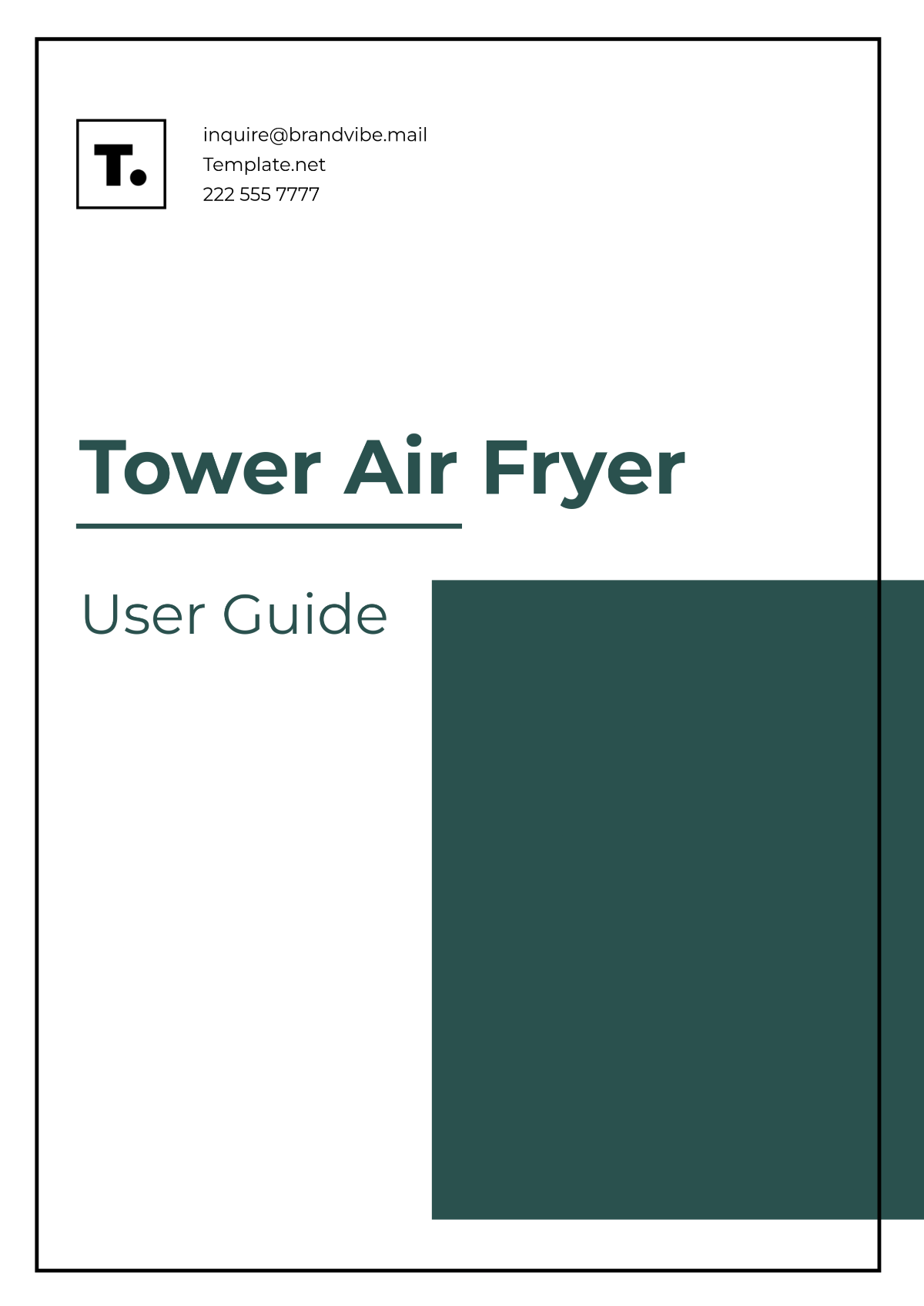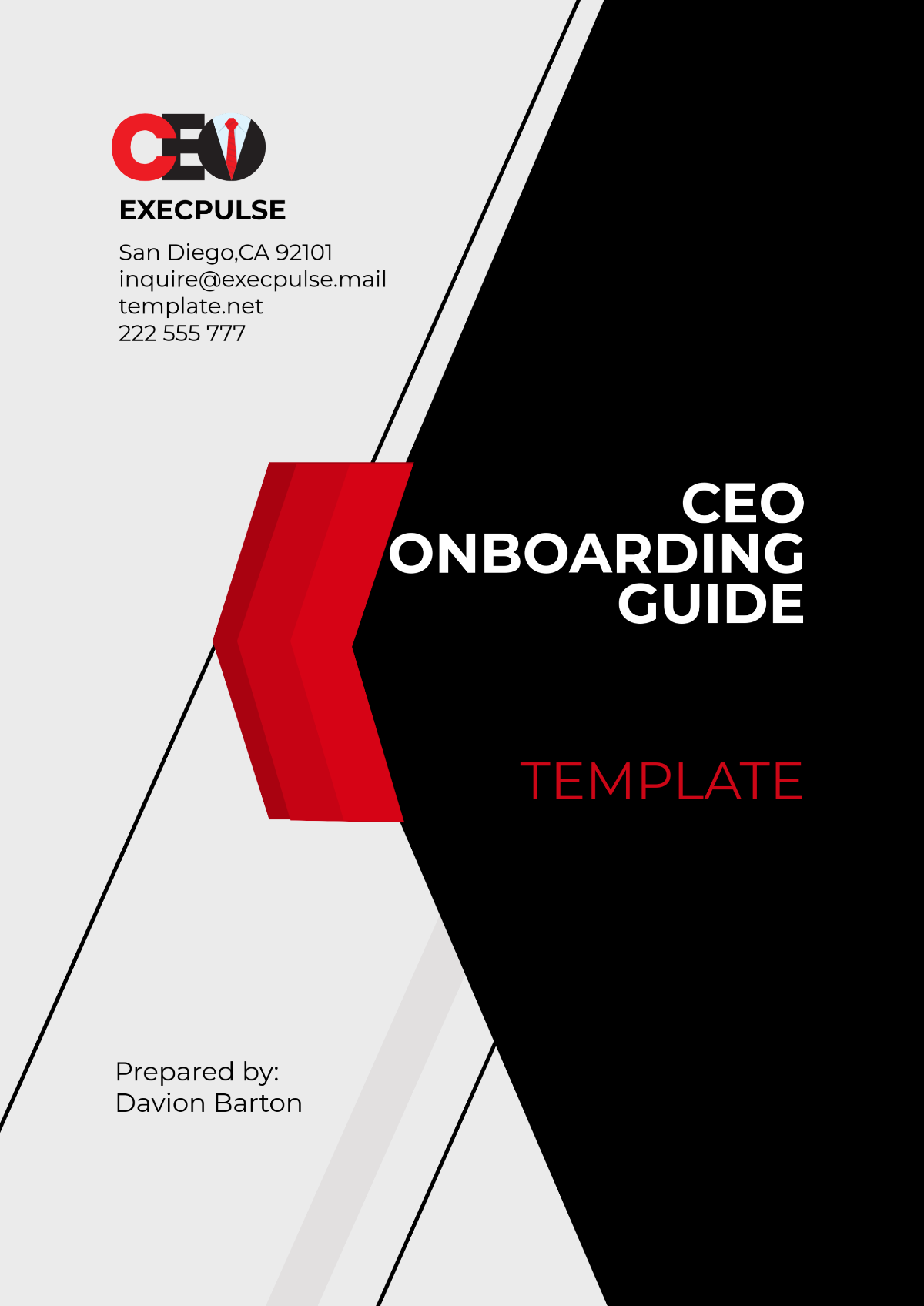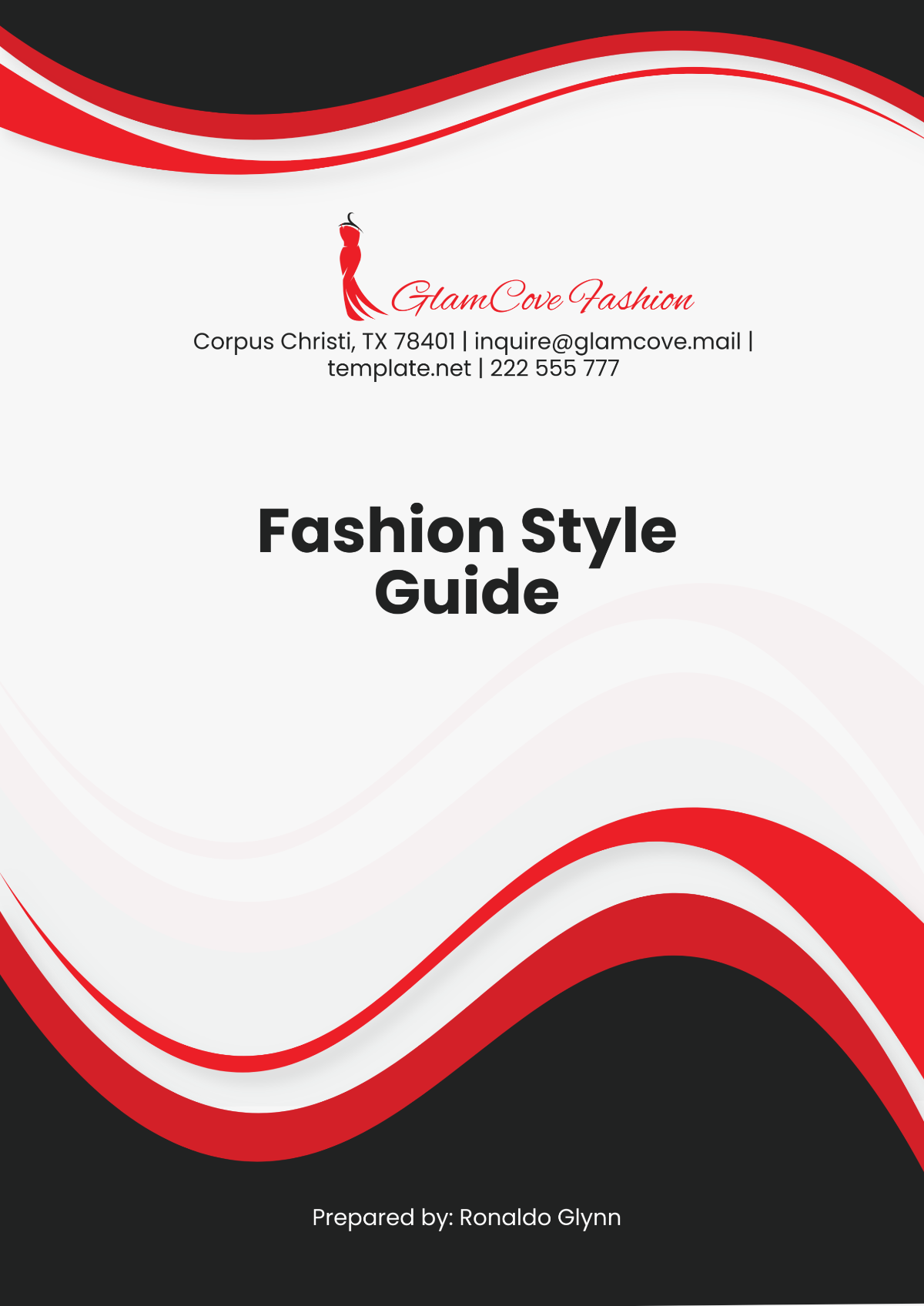Drug Classes Study Guide
Prepared by | [YOUR NAME] |
Company Name | [YOUR COMPANY NAME] |
Company Address | [YOUR COMPANY ADDRESS] |
Company Website | [YOUR COMPANY WEBSITE] |
Company Email | [YOUR COMPANY EMAIL] |
Company Phone | [YOUR COMPANY NUMBER] |
I. Introduction
A. Overview
This section introduces the study of pharmacological drug classes, emphasizing the significance of understanding different drugs and their uses in medical practice. It provides a framework for the systematic study of drugs based on their classification, mechanisms of action, therapeutic uses, and side effects.
B. How to Use This Guide
This guide is designed for students and healthcare professionals to enhance their knowledge of pharmacology. It includes:
Step-by-step instructions on how to read and interpret drug information.
Study tips for memorizing complex drug classifications.
Application advice for using this knowledge in real-world scenarios, such as prescribing and managing medications.
II. Classification of Drugs
A. By Therapeutic Use
Drugs are often categorized by their therapeutic use, which refers to the primary medical conditions they treat. Examples include:
Antibiotics - Used to combat bacterial infections; includes subcategories like penicillin's and cephalosporins.
Antivirals - Essential in managing viral diseases such as influenza and HIV.
Antifungals - Treat fungal infections, crucial in both topical and systemic infections.
Analgesics - Diverse class for pain relief, ranging from non-steroidal anti-inflammatory drugs (NSAIDs) to opioids.
B. By Mechanism of Action
Understanding the mechanism of action provides insights into how drugs work at the molecular level, which is critical for predicting effects and interactions:
ACE Inhibitors - Block the conversion of angiotensin I to angiotensin II, leading to vasodilation and reduced blood pressure.
Beta Blockers - Inhibit the effects of adrenaline on the heart, reducing heart rate and force of contraction to lower blood pressure.
Calcium Channel Blockers - Prevent calcium from entering cells of the heart and blood vessel walls, reducing heart contractions and dilating arteries.
Diuretics - Promote the excretion of water and salt from the body to treat hypertension and edema.
III. Detailed Drug Profiles
A. Common Prescriptions
Detailed profiles of frequently prescribed drugs, including their uses, dosages, and side effects. For example:
Drug Name: Aspirin
Classification: Analgesic
Common Uses: Pain relief, anti-inflammatory, antiplatelet
Dosage Form: Tablet
Administration: Oral
Side Effects: Nausea, gastrointestinal bleeding, allergic reactions
B. Case Studies
Illustrative real-world applications and studies that highlight the practical use and effects of different drug classes:
Case Study 1: Examines how Beta Blockers reduce cardiovascular events in elderly patients with hypertension.
Case Study 2: Analyzes the effectiveness and safety of newer broad-spectrum antibiotics in treating resistant bacterial infections in children.
IV. Emerging Trends
A. Recent Developments
A look at cutting-edge research in drug development, such as the advent of biologics and precision medicine, which tailor treatments to individual genetic profiles.
B. Future Directions
Insight into potential breakthroughs and innovations in drug therapy, including the development of drugs that are more specific, effective, and with fewer side effects. Discussion on how these advances might transform treatment paradigms across various diseases.
V. Conclusion
A. Summary
The guide provides a detailed summary of the essential categories of drugs, emphasizing repeatedly the significance of possessing a thorough understanding of pharmacology to ensure efficacy in medical practice.
B. Further Reading
A curated list of additional resources for those interested in expanding their pharmacological knowledge, including recommended textbooks, peer-reviewed journals, and reputable online courses.
